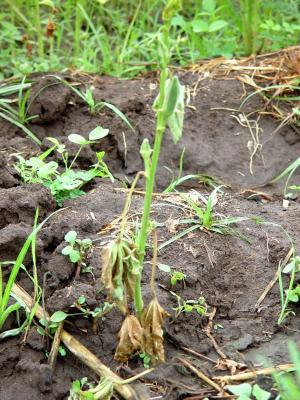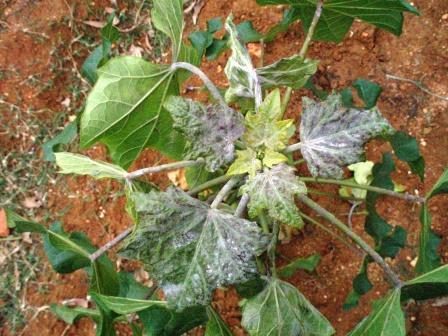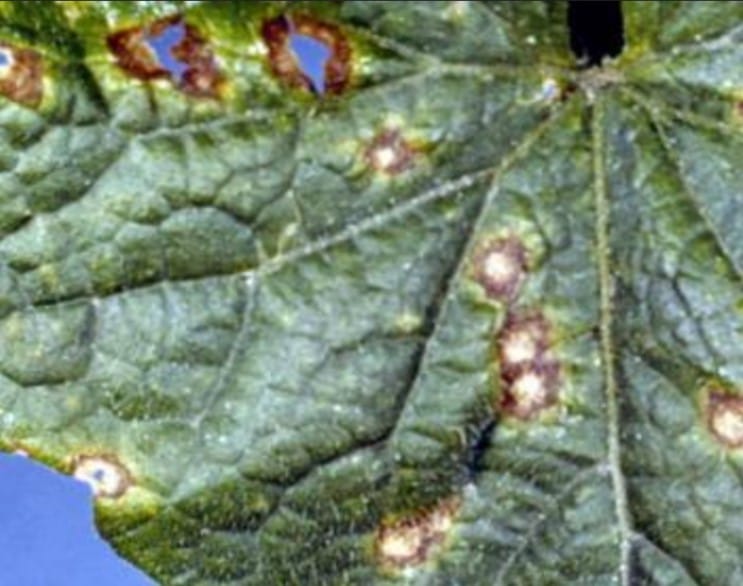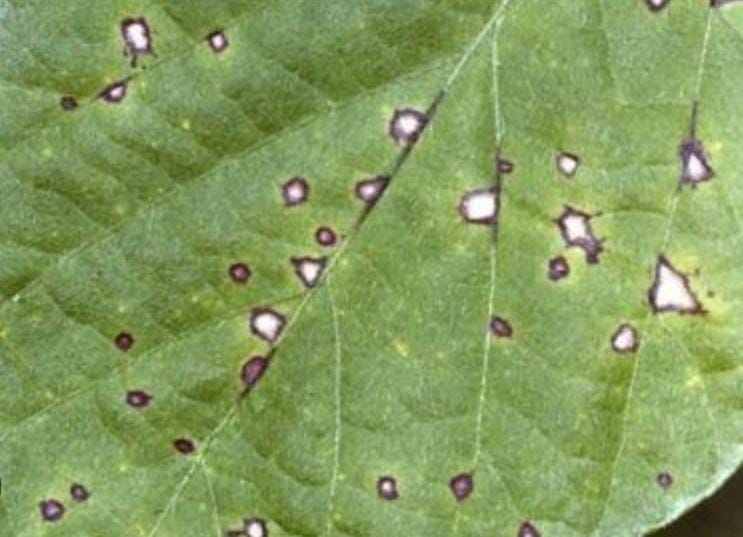Jatropha Plant
Jatropha, also known as Jatropha curcas, is an outdoor shrub or small tree. Plant in well-draining soil with full sun exposure. Water consistently, and prune to shape the plant. Fertilize during the growing season for optimal growth and flowering.

Habit
Shrub
Height
2-3 meters
Growth
Fast
Soil
Sandy, well-drained
Shade
Full Sun
Moisture
Moist
Edible
No
Medicinal
Yes
Origin
Tropical
Climatic Condition
Tropical, subtropical
Temperature (°)
25-35
Humidity (%)
50-60
Potting media
Cactus mix, loamy soil
Fertilizers
Nitrogen-rich
Watering
Moderate
Plant Weight
500-800 grams
Flowering Time
Year-round
Soil Ph level
6.0-7.0
Water Ph level
6.5-7.0
Soil EC
0.4-0.8 mS/cm
Yield Per Plant
Low
NPK ratio
10:10:10
life Span
10-15 years
Health Benefits
Used in biodiesel production, medicinal
Suggested Grow Media or Potting Mix ?
40% loamy soil, 30% sand, 30% perlite
Suggested Fertigation/Fertilizers
Fertilize every 6-8 weeks with a balanced fertilizer.
Common Diseases and Remedies
Powdery mildew , fusarium wilt , collar rot .
White patches , young plants collapse in short time , Rotten roots .
Avoid excess watering , fermented butter milk , FYM.
HEALTH BENEFITS
· Has antimicrobial properties
· Used in traditional medicine for wound healing
· Seeds are toxic if ingested
What is the Jatropha plant?
Jatropha, Euphorbiaceae, is a genus of flowering plants in the family Euphorbiaceae. Its name is derived from the Greek words ἰατρός meaning "healer" and τροφή meaning "nourishment", hence the name "body fruit". Another name is nettle.

What Are The Different Types Of Jatropha?
Jatropica interima Jacq. Synonyms. J. pandurifolia - Spicy Jatropha is called "ri ri ying" in Chinese, meaning "cherry blossoms that bloom every day". [17]
Jatropica macrantha Mull. Arg - Huanarpo macho or Peruvian Viagra
Jatropica macrorhiza Benth. – Irregular nettle
Jatropica multifida L. – Coralbush
Jatropha – Buddha's belly plant, bottl
How to care for Jatropha plants? *
Jatropha plants need well-drained soil and bloom best in full sun, although they can tolerate partial shade. This plant is not salt tolerant.
Location
Jatropha curcas is a plant native to Mexico and is now widely grown in tropical and subtropical regions of Latin America, Asia and Africa
Sunlight
Bright sunlight is important for flowering and photosynthetic function and growth It is very important. important. Seed maturity. As a rain-fed crop, it grows best in rainfall above 600mm, but will also grow between 230mm and 2000mm. Average rainfall of 600-800 mm is ideal for this product.
Soil
It grows well in well-drained, well-aerated soil and is suitable for marginal soils with nutrient deficiencies.
Hydration
Monthly water requirements of Jatropha vary between 10-20 (spring) and 140 mm depending on water availability and environmental requirements.
Nourishment
Jatropha seeds contain approximately 35-50% crude protein (Aslani et al., 2007), 60% fat and are rich in essential amino acids and minerals (Makkar et al., 2008).
Issues
The main problems of Jatropha biojet oil are its freezing point and ineffectiveness.
What are the benefits of Jatropha plant?
Jatropha is traditionally used to treat bacterial and fungal infections or fever, muscle pain or jaundice. It can also be used to obtain new drugs by identifying active substances to eliminate diseases or eliminate the signs and symptoms of human and animal diseases.
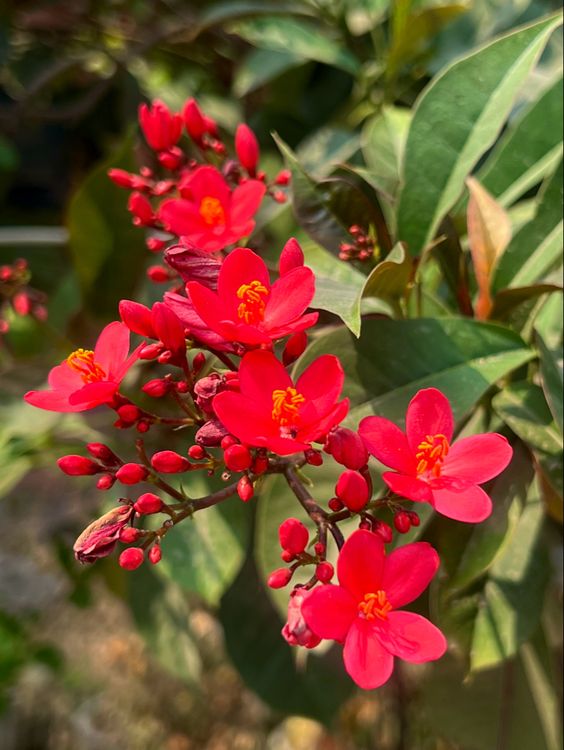
FAQs About Growing Jatropha
1. When is the harvest time?
Harvest occurs approximately 90 days after flowering, when the color changes from green to yellow/brown. Both the yellow fruits (with mature seeds) and black fruits are ready to be harvested.
2. What are the characteristics of Jatropha?
This oilseed plant is considered a renewable resource as it can grow and bear fruit in marginal or non-agricultural areas and has good characteristics such as drought tolerance, insect resistance, fast growth, easy growth and small size. time. time of human characteristics.
3. What is the lifespan of the Jatropha plant?
It grows well in well-drained, well-aerated soils and adapts well to marginal soils lacking nutrients. Rooting will decrease in heavy soils. The lifespan of the Jatropha plant is approximately 50 years.
4. What are the characteristics of Jatropha?
Strong. An upright (i.e. upright) tree or small tree, it usually grows 2-4 m in height.
5. What is the yield of Jatropha?
Jatropha's production period is 30-40 years. Up to 2,200 trees can be planted per hectare (about 1,000 trees per acre). 1 hectare can produce up to 7 tons of seeds per year.
